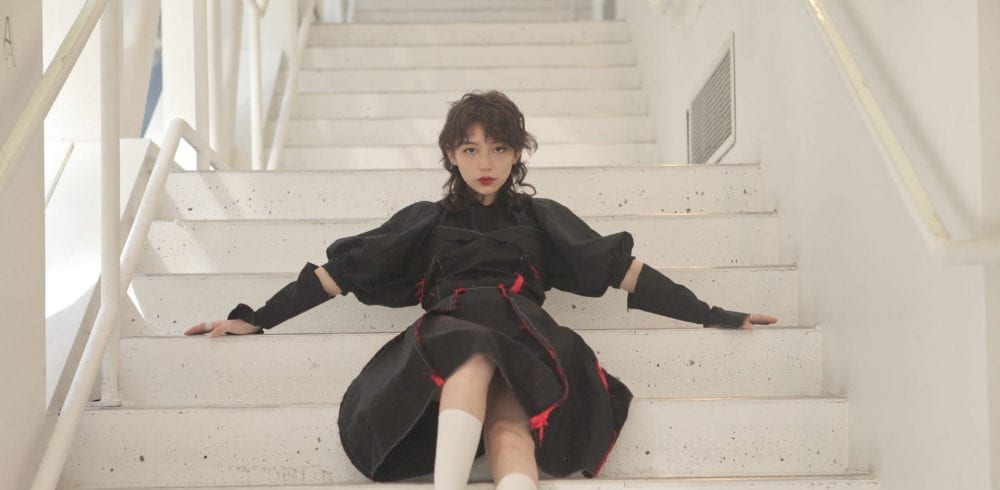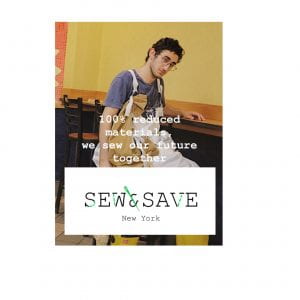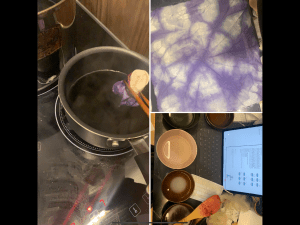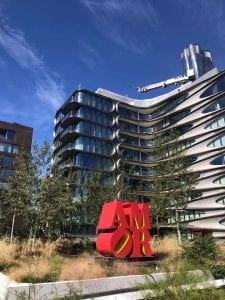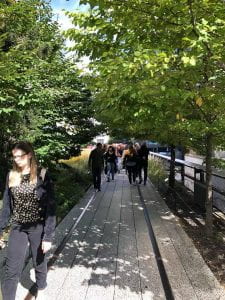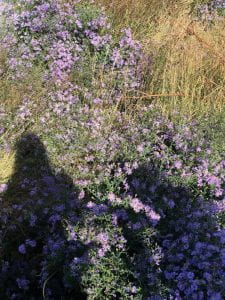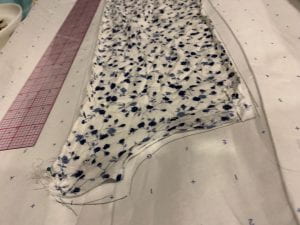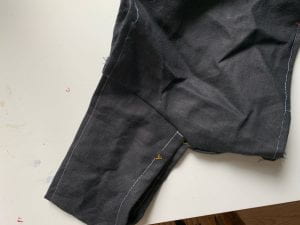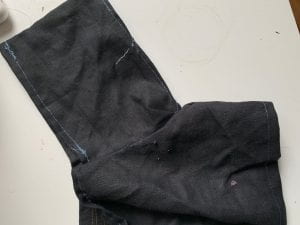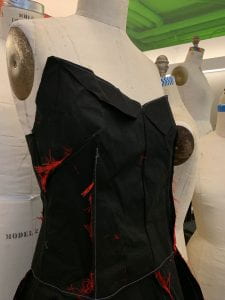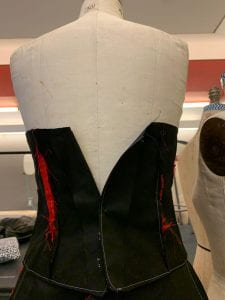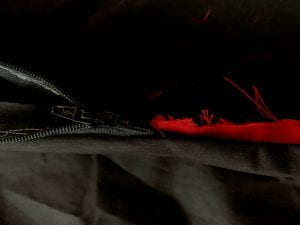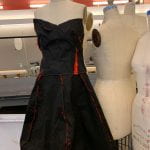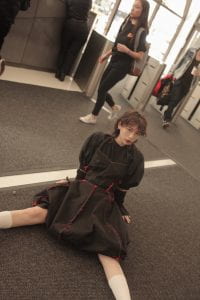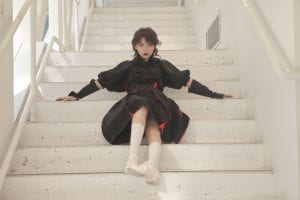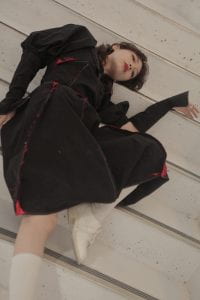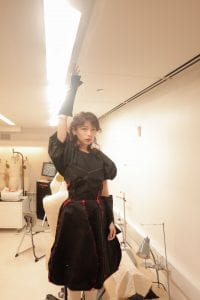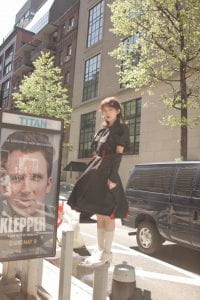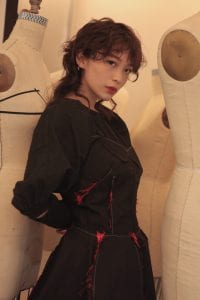India Roby
Bella Wang
Ideas:
For our product, we decided to design clothes from damaged and worn material. We want to first create an app/service that allows people to send/scan their old clothes for vouchers/cash, and then can be used to purchase new products on the app. Our app will focus on whatever we receive, mainly clothes. Our designs are not only sustainable but also trendy because we’ll follow the deconstructed look. In addition, we won’t follow fast fashion speeds, we only release new items 4 times a year, one collection for each season.
Target audience- fashion lovers, everyone 20s-30s
-Okala Methods:
Design to Reduce Material Impacts– Use recycled or reclaimed materials; Use waste byproducts
Design to Reduce Distribution Impacts– Source or use local materials and production
Design for System Longevity– Design for Re-use and exchange of products
Design to optimize end of life — design recycling business model
Final Project Marketing
- explanation of raw material– the materials that [Echo] uses come from New York locals who want to see their old clothing transform into a more sophisticated and timeless item.
- usability and reusability– [Echo] works in __ easy steps: 1) scan your clothing items and our team will decide if we take the item for our future collections 2) if approved, feel free to drop off your items at our store. Shop around, get to know our staff, and mingle with other shoppers while you’re at it 3) depending on the quality of the item(s), you’ll receive anywhere from $10-$60 store credit that can be used towards your future purchases. It never expires either 😉 4) we’ll send you an update on when your item(s) were used in our new collection so you can shop that piece first!
- target audience– women and men 20s-30s, fashion lovers and those interested in sustainability
- Sustainability of product– we’re honest about where our clothes come from. We take in donations from regular new yorkers and team up with local consignment shops to give you amazing, quality pieces. Based in New York— limit carbon footprint by only shipping to new york. We close the reuse loop in the life cycle, provide jobs for local new yorkers. Release a collection 4 times a year, 4 for each season. We’re also honest about the cost of production and how much we pay our staff ~ we’re transparent.
